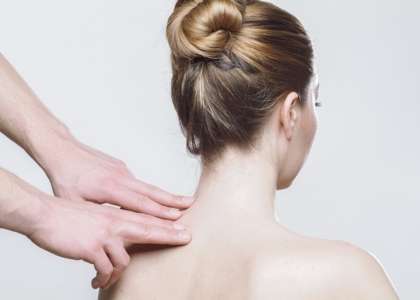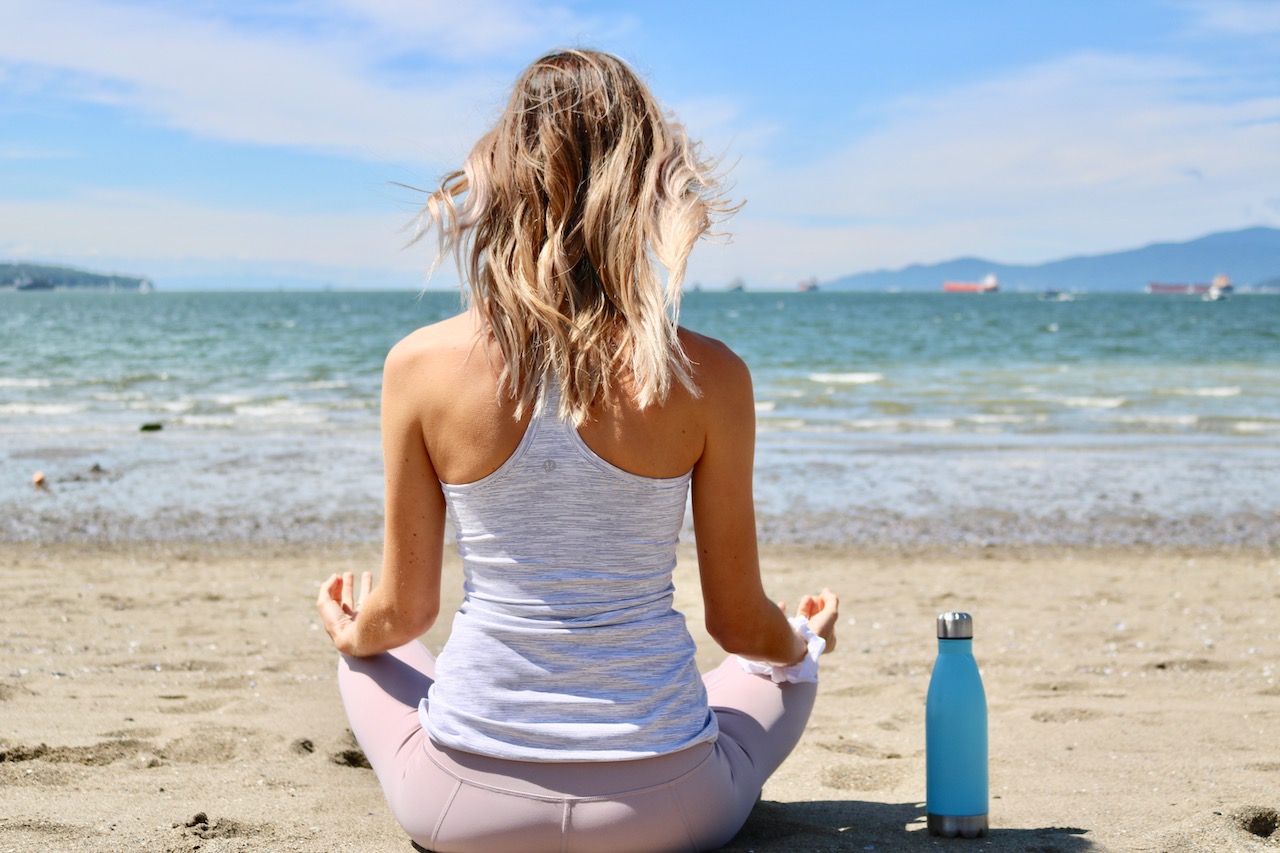Master Herbal Tincture Recipe
A herbal tincture recipe is often a catalyst for change on someones wellness journey. Utilizing a tincture is one of the best ways to truly decide if that herbal remedy is right for you. As we can test it more precisely on the body and even go as far as to decide the herbal dosage by the number of drops you take. Tinctures sound fancy but they are an easy way to extract and preserve your herbs so you can carry them around everywhere you go! A taste of a tincture can spark a lifelong pursuit of herbalism as there is an alchemical energy exchange when we take a moment to prepare our concoctions from home and infuse them with care and love.
What Defines a True Tincture?
- Tinctures are concentrated herbal extracts.
- A true tincture uses alcohol as the solvent to extract the herbal properties. If you are using vinegar, or glycerine, or any solvent other than alcohol, your preparation is an extract, and not classified as a true tincture. Any spirit may be used, I prefer brandy or vodka. An orange peel brandy tincture is delicious way to take your digestive bitters to improve gut health.
- Tinctures can be made with fresh or dried flower, stems, roots, barks, berries. If the herb can be consumed, it can be tinctured!
- They are shelf stable and typically last years with the use of proper proof alcohol and ratios.
- Tinctures can help with a wide range of health ailments or used as a wellness program
- Tinctures can be by the dropper on the tongue, or diluted in tea or water. Added to elixirs, smoothies, and soups the sky is the limit. Some tinctures are used in cocktail or mock-tail recipes as well!
Original Master Herbal Tincture Recipe:
Supplies:
- Organic herbs (dried is preferred)
- Glass jar
- Parchment paper
- Alcohol
- Amber glass dropper bottles
Step 1: Sanitize your Glass Jar(s) in hot water
Step 2: Fill the jar with fresh or dried herbs (proper ratios below fresh vs dried) Proportions are important here: too little, and you’ll end up with a weak tincture. Too much, and the amount of alcohol added won’t be enough to pull out all the plant goodness from your herbs.
Step 3: Fill the remainder of the jar with a high quality alcohol we will use a standard 40% to 50% alcohol by volume (80- to 90-proof vodka).The alcohol must cover the herb fully.
Step 4: Place the parchment paper on the top of the jar between the jar and the lid to avoid the alcohol touching the metal lid.
Step 5: Label your tincture, this step is very important! Add the date and ingredients, tinctures look very different after 6 weeks!
Step 6: Store The tincture in a cool, dry place. Gently shaking with love and intention for the first 2 weeks
Step 7: After 6 weeks Strain the tincture to remove any of the herb and pour into amber dropper bottles. Label again and enjoy utilizing your new herbal concoction! Keep extracts in a cool, dark place and your tinctures may last for many years.
Ratio for Fresh leaves and Flowers:
• Finely chop or grind clean herb to release juice and expose surface area.
• Only fill jar 2/3 to 3/4 with herb.
• Pour alcohol to the very top of the jar. Cover plants completely!
• Jar should appear full of herb, but herb should move freely when shaken.
Ratio for Dried Leaves and Flowers:
• Use finely cut herbal material.
• Only fill jar 1/2 to 3/4 with herb.
• Pour alcohol to the very top of the jar. Cover plants completely.
Ratios for Fresh Berries, Roots and Barks:
• Finely chop or grind clean plants to release juice and expose surface area.
• Only fill jar 1/3 to 1/2 with fresh roots, barks, or berries.
• Pour alcohol to the very top of the jar. Cover plants completely.
• Jar should appear full of herb, but herb should move freely when shaken.
Ratios for Dried Berries, Roots and Barks
• Use finely cut herbal material.
• Only fill jar 1/4 to 1/3 with dried roots, barks, or berries.
• Pour alcohol to the very top of the jar. Cover plants completely.
• Roots and berries will double in size when reconstituted!
Now it’s time to decide what herb you want to tincture and there are so many different options. You can begin with a herb you already drink as a tea or what you may have in the house or out in the garden (those which are safe to consume!)
Follow me on instagram for more information on the herbs I recommend and their detailed health benefits!
I hope you enjoyed learning this herbal tincture recipe, please comment below if you have any questions or share your tincture photos as you create them ✨
Robyn






